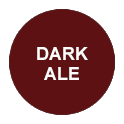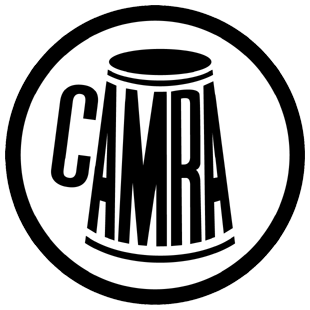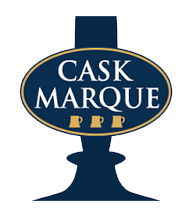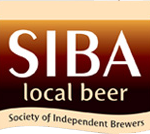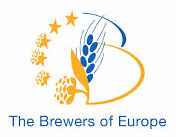The craft beer market is comprised of hundreds of documented beer varieties and a handful of organisations with their own unique classifications, but beers primarily fall into one of three types: bottom fermentation beers (lagers); top fermentation beers (ales); and spontaneous or wild fermentation beers.
Within each of these categories there are many sub-groups but the main styles available today are dark ales; pale ales; stouts; wheat beers; strong ales; lagers; sour beers; and non-alcoholic beers.
LAGER
CATEGORIES: Pale Lager, Dark Lager ABV: 4.5% to 8% SERVE TEMPERATURE: 8-10°C TASTING NOTES: Peppery bitterness, clean, gentle, sweetness, sometimes caramel
Lagers are fermented with a slow-acting yeast that is able to do its work at very low temperatures and they are traditionally conditioned for longer than Ales.
There are Dark and Pale versions and in terms of flavour, Lager has more to offer than most drinkers appreciate. A classic Czech Pale Lager like Pilsner Urquell has a peppery bitterness laid over a rich, malty caramel base.
German Pilsners (generally called Pils, such as Jever Pils) tend to be more hop-focused, with a lemony, herbal bitterness, although modern German Pils can be rather more restrained.
Then there’s Helles (such as Augustiner Helles, from Munich), which is even lighter in colour than Pilsner.
Dark Lagers are equally interesting. Vienna Lagers are red-brown in colour and offer toastiness, some sweetness and a dry finish, while a Rauchbier - such as Schlenkerla Rauchbier Marzen, which is very dark – has a smoked beech character.
The ingredients used to make Lager vary. Soft, rounded Pilsner malt is vital to Pilsners; Czech Golden Lagers use Saaz hops and Moravian malt. German Lagers are made with German hops (such as Hallertauer and Tettnang) and German malt.

